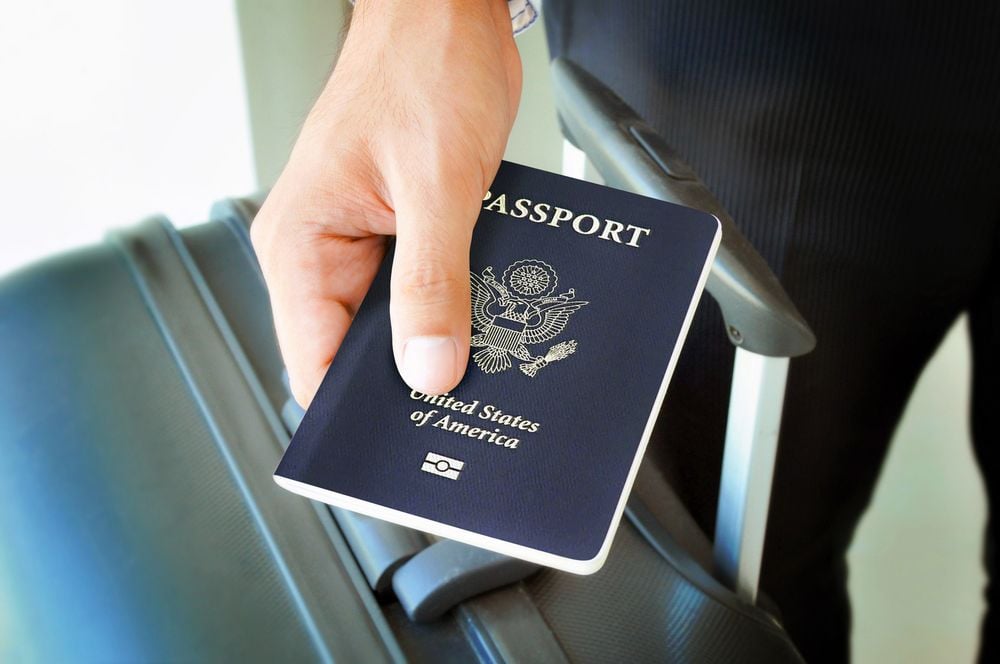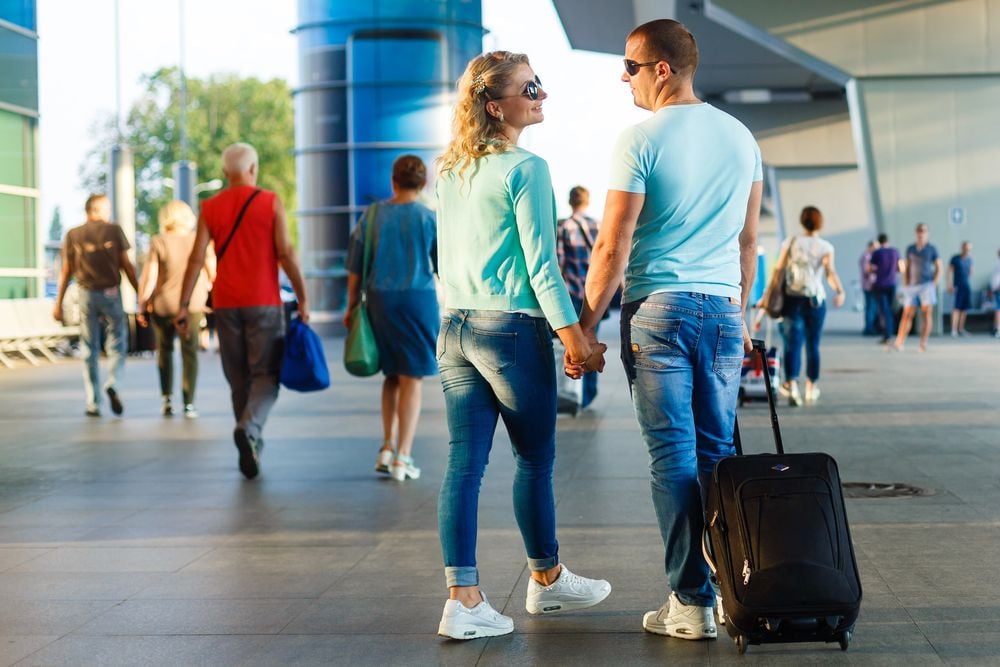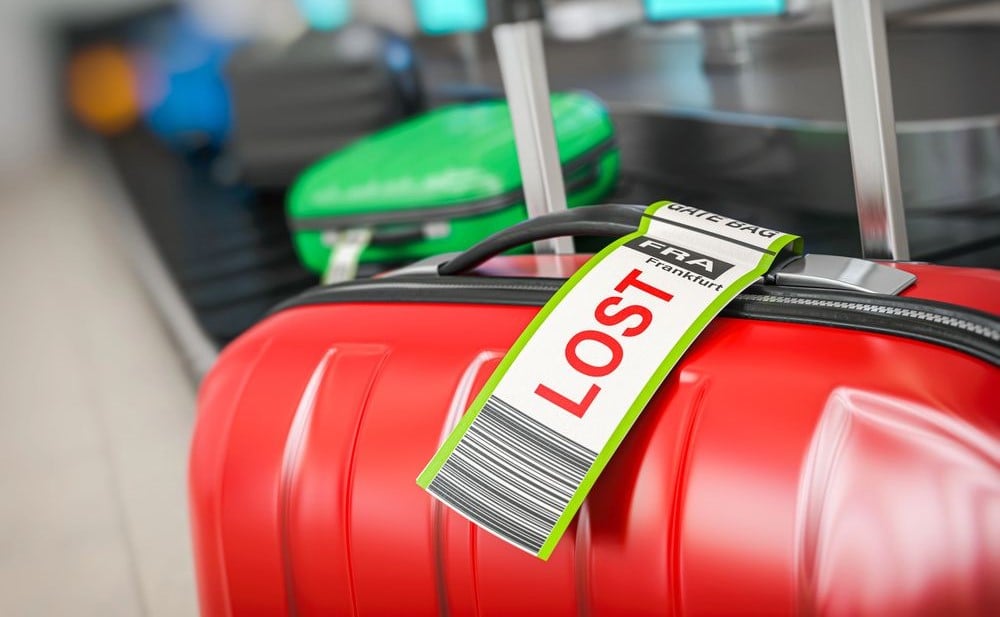These Are the Best Seats to Book on an Airplane, According to Flight Attendants
Cramped legs, jostled elbows, and that mysterious smell wafting from the back of the cabin—it’s no secret that where you sit on a plane can make or break your travel experience.
People experience multiple discomforts when they fly because they must fight for aisle space and deal with seatmates who use their seat area as personal living space. Your decision about which seat to choose will substantially improve your overall flight experience.
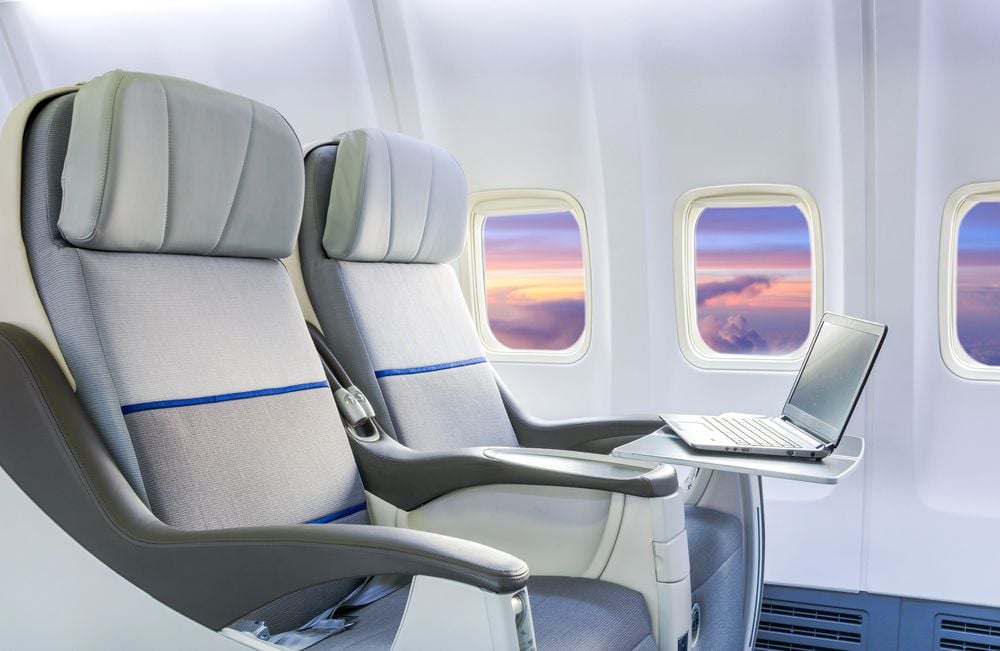
According to veteran flight attendants and an aerospace engineer who specializes in Boeing 737-800 aircraft design, there are ways to determine which seats provide the most comfortable experience. The expert recommendations will help you select your ideal seat by offering advice about legroom, exit speed, and lavatory distance without requiring additional payment.
To improve your sitting experience, we share insider tips that will make your traveling experience great.
What’s The Average Legroom and Seat Size in A Plane?
Standard economy seating provides between 28 to 34 inches of legroom (seat pitch) and 16 to 18 inches of width but these dimensions offer minimal comfort during extended flights. The limited space in economy class forces passengers to focus on seat selection as a matter of life and death.
The main issue is that planes and seats differ in their design characteristics. The Airbus A320 aircraft model provides its passengers with a bit more seat width than Boeing aircraft models do. Ryanair operates as a budget airline by reducing the distance between passenger seats to maximize capacity.
Business or first-class upgrades provide maximum comfort for those who value this feature while having enough financial resources. The premium seating options provide passengers with additional legroom and wider cushions as well as superior flight conditions.
Your seat selection strategy based on ticket class will determine your comfort level during a flight at 35,000 feet.
How to Choose the Best (and Avoid Worst) Seats on a Plane
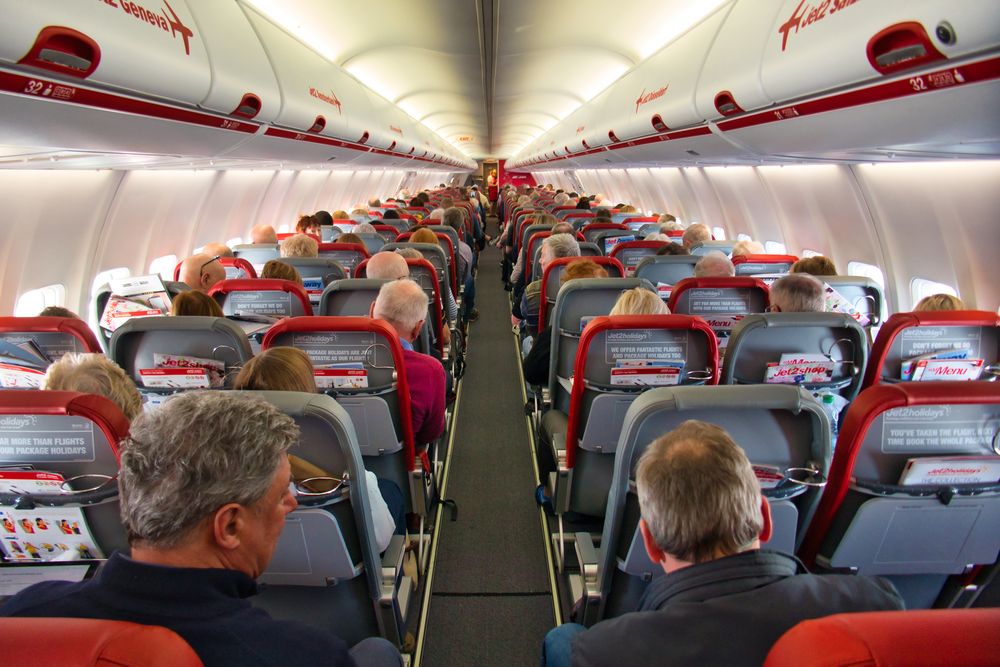
Can you find a better seat whether your option is for better views or extra legroom space?
Well, yes, and here is how:
1. Best Overall: Exit Row Seats for Extra Legroom
If legroom is your priority, the exit row is a clear winner. Bill Bernal, president of the TWU Local 556 (which represents Southwest Airlines flight attendants), swears by it: “Hands down, my first choice is any seat in the exit rows because they have the most legroom.”
But that’s not his only go-to. Bernal adds, “My second pick would be a window seat in the front row. You get some added legroom, a scenic view, and you’re one of the first to exit the plane after landing.”
2. Best for Views & Comfort
Rosie Awad, a flight attendant with Virgin Australia, offers a unique recommendation: “I always go for a window seat in row 5.” Why? According to her, it strikes the perfect balance:
- You can admire the wings and views
- You still get extra legroom without the emergency responsibilities
- There’s space to store your bag under the seat ahead
- You’re closer to the exit
- You’re among the first to be served during meal and drink service
In short: prime comfort and convenience without the downsides of an exit row.
3. Seats to Avoid
Last Row and Near the Bathrooms
When it comes to the worst seats, there’s almost unanimous agreement among flight crew. Any row near the lavatory is a no-go. “I’m so sorry to those who get that row,” says Awad. “I think it’s pretty self-explanatory!”
Ethan Smith, an international flight attendant, singles out one seat in particular: “Any seat in row 30—the last row on most Boeing planes—is the worst. The seats don’t recline, it’s noisy, and you’ll constantly have passengers queuing for the bathroom right beside you.”
The Best (and Worst) Seats on a Boeing 737-Max 8 and 737-700
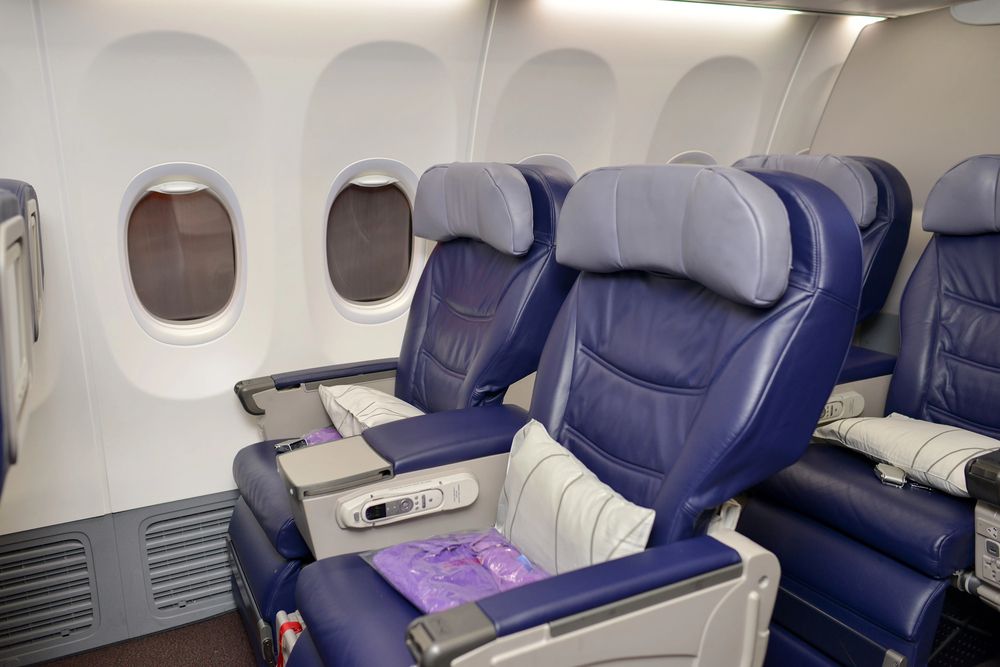
As noted, the comfort of tall travelers significantly depends on their seat selection when flying on Boeing 737-Max 8 or 737-700 aircraft. And so if you’re traveling on any of these flights be sure to keep note of these:
Best Seat:
The top pick among flight attendants and frequent flyers is the exit-row seat with no seat in front of it, often nicknamed the “daddy longlegs” seat for its unmatched legroom. On the 737-700, you’ll find only one row with this feature, while the 737-Max 8 offers two such rows.
Next Best:
What if the prime daddy’s longlegs seat us booked, what’s the next best seat that you can go for?
If that’s the case, then the exit row seats provide an excellent alternative to prime seating as they offer increased space and comfort.
Worst Seats:
As noted before, avoid the seats nearest the lavatories, especially those in the last row. These spots tend to be noisy, lack recline, and offer little privacy or space due to nearby foot traffic.
The Best (and Worst) Seats on an Airbus A320
Choosing the right seat on an Airbus A320 can greatly improve your comfort—especially on long-haul or overnight flights.
Best Seat:
Flight attendants recommend selecting a window seat between rows 10 to 12 as their preferred option. The extra legroom section or economy plus seats are usually located in rows 10 to 12.
International flight attendant Ethan Smith explains that window seats provide sleepers with an extra advantage because their curved walls allow passengers to lean in comfortably. Viewing outside the window at night creates a calming effect for passengers.
Worst Seat:
Avoid middle seats whenever possible. Smith explains middle seats provide the least comfortable sleeping position because they force you to share space with noisy passengers.
The Best (and Worst) Seats on a Boeing 777
Flying on a Boeing 777? Your seat choice can make or break your flight comfort.
Best Seat:
For the best Boeing 777 flight experience select a window seat in row 26 when you travel premium economy or choose row 31 in regular economy.
Seats in rows 26 and 31 provide additional legroom while offering panoramic views and reduced exposure to traffic zones including galleys and restrooms.
Worst Seat:
Avoid the middle seat in row 50. It’s in the back row, where it’s typically louder, more cramped, and near the restroom, which often means lines and limited overhead storage.
Now we’re done with the seating experience, let’s move on to the safest seat if you’re also looking for that.
What’s the Safest Seat on an Airplane?
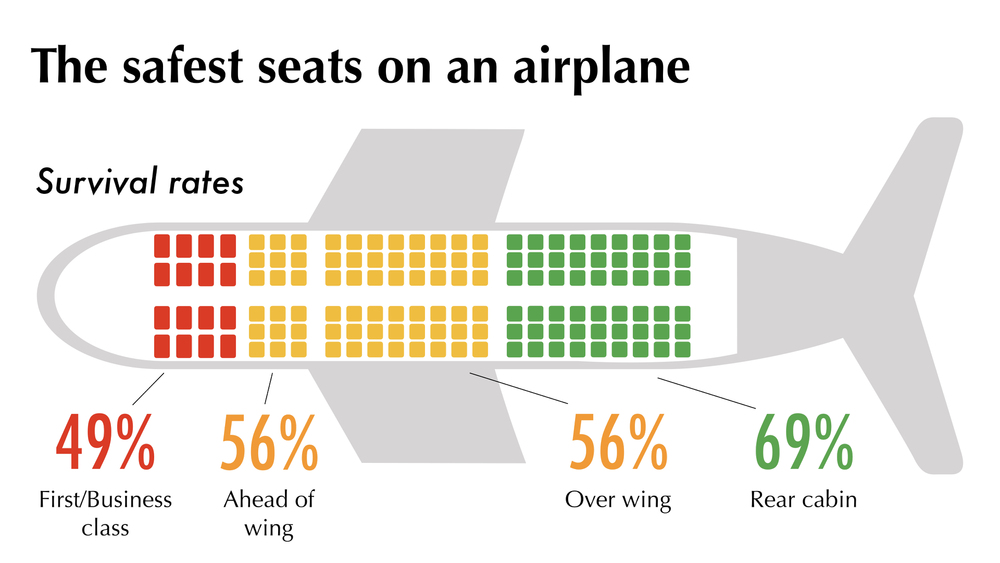
Safest Seats:
According to Boeing’s aerospace engineer the middle and aisle seats in the last five rows of aircraft demonstrate the highest statistical safety rate. These seats tend to offer better protection in extreme turbulence or accidents. “I always choose one of those,” the engineer says, “and I never skip the safety briefing.”
Least Safe Seats:
Avoid the aisle seats in the middle to rear 10 rows, which have shown higher fatality rates in crash data.
Experts like Professor Doug Drury from Central Queensland University support these findings, noting that while flying is still incredibly safe overall, certain seats offer better odds in rare emergencies.
How to Tell What Plane You’ll Be Flying On
Before your flight, you can easily identify the aircraft that will carry you through the use of modern technology. The process turns out to be simpler than most people expect while helping you select your optimal seating position.
Here are some quick ways to find out:
- Review your confirmation email: Most airlines list the aircraft model in the flight details.
- Log into your booking: Head to the airline’s website and check your flight info through the “Manage Booking” section.
- Ask directly: Unsure? Reach out to customer support or ask a staff member at the gate.
- Use travel apps: Tools like SeatGuru, AeroLOPA, and FlightAware provide aircraft details and show top-rated seats, making it easier to choose where to sit.
Essential Tips for Choosing the Perfect Flight Seat
When booking your seat, a few key factors can make a big difference in your comfort. Here’s what you should consider:
- Your Preferences: Whether it’s extra legroom, a quieter area, or proximity to the exit, always prioritize your personal needs when selecting a seat.
- Traveling with Companions: If you’re flying with children, elderly passengers, or someone with special needs, opt for seats that offer more space or are closer to the front for easier boarding and deplaning.
- Flight Length: For longer flights, paying a little more for premium economy or extra legroom can really enhance your comfort. Aisle seats are also ideal for quick bathroom access.
- Time of Day: Flying at odd hours? A window seat is great for undisturbed rest, especially on early morning or late-night flights.
By considering these mentioned points, you can easily select a seat that matches your requirements for maximum comfort on your flight. These tips will significantly improve your flight experience even though you cannot always choose your seatmate. Otherwise, Safe Travels!


